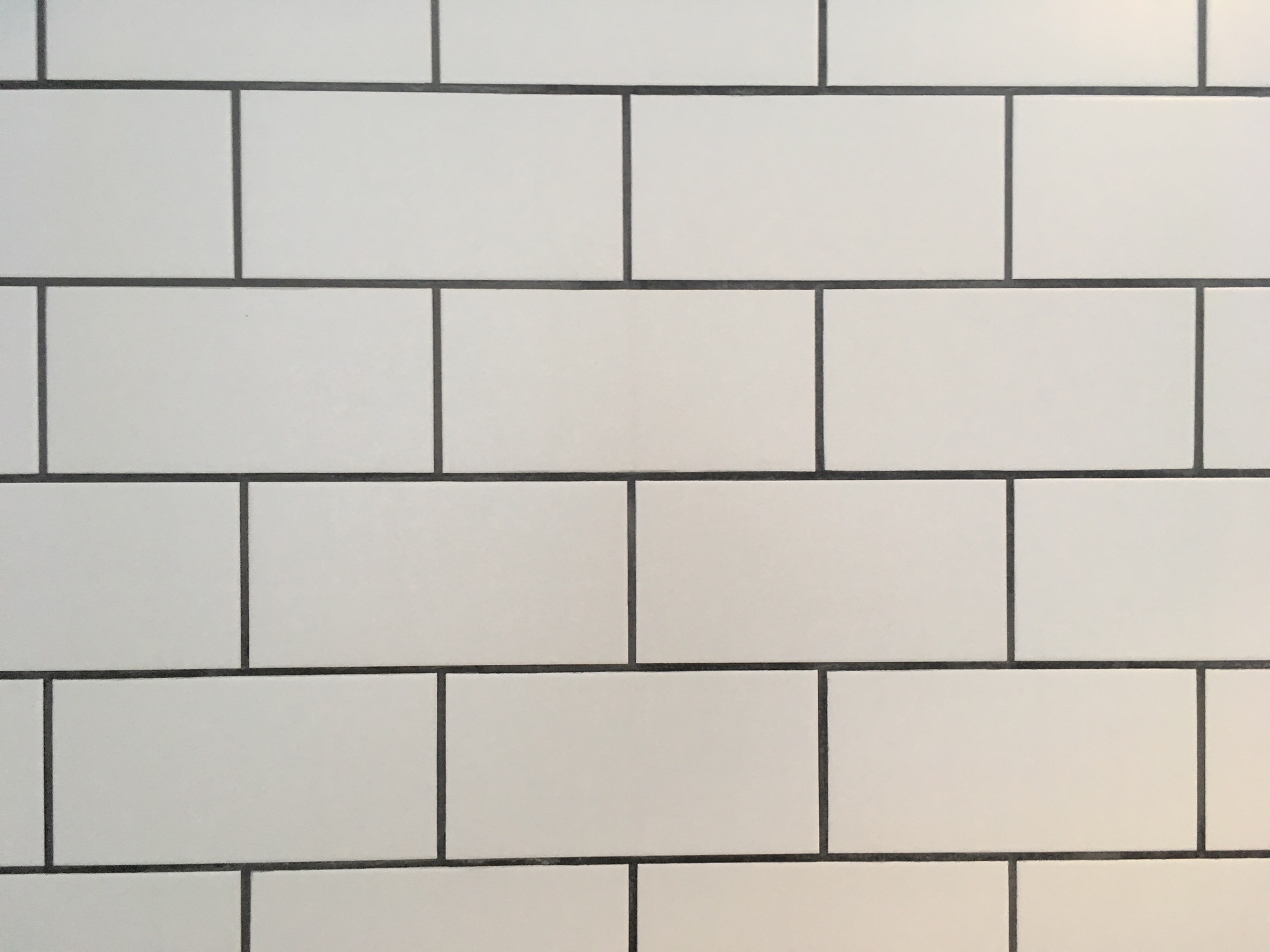Types of tile
For tiles used on roofs see: Roof tiles.

|
| Ceramic tiles. |
Contents |
[edit] Introduction
Tiles are manufactured furnishing materials commonly used to cover internal walls, ceilings and floors. They can be simple and functional or decorative and elaborate (such as mosaics). Tiles can be manufactured from a wide range of substances, both hard (e.g. ceramic, porcelain, stone, marble, clay, slate, glass, etc.) and soft (e.g. timber, vinyl, cork, etc.).
Tiles are often used as an interior furnishing for rooms where a certain amount of water may be present, such as bathrooms, kitchens, laundry rooms, and so on, where they protect surfaces from moisture damage. Tiles can also be used to improve the acoustics of a room by adding to its sound-absorbing properties and they are often specified in the design of theatres, recording studios, and so on.
[edit] Types of tile
The most common types of tiles include:
[edit] Carpet tiles
Carpet tiles, also known as carpet squares, are a type of flooring which can be used as an alternative to the more common rolled carpet. They are formed from an upper layer of pile attached to a backing and are produced in a variety of sizes, materials, fibres, patterns and colours. Carpet tiles are often used in commercial and public buildings such as airports, offices, schools, libraries, and so on.
For more information, see Carpet tiles.
[edit] Ceiling tiles
Ceiling tiles, also known as ceiling panels, are lightweight construction materials, which are used to cover ceilings. Placed within a supporting grid, they can provide some thermal insulation but are usually designed to improve the aesthetics and acoustics of a room. They are commonly used in the commercial applications, such as offices, shops and so on.
For more information, see Ceiling tiles.
[edit] Ceramic tiles
Ceramic tiles are a mixture of clays and other natural materials such as sand, quartz and water. They are used in houses, restaurants, offices, shops, and so on, as kitchen, and bathroom surfaces. They are easy to fit, easy to clean, easy to maintain and are available at a reasonable price.
For more information, see Ceramic tiles.
[edit] Porcelain tiles
Porcelain tiles are similar to ceramic tiles, but tend to be more dense and hard wearing and so are used for internal and external flooring.
[edit] Natural stone tiles
Natural stone tiles have been used for interior surfaces for a very long time, and remain popular today due to their ability to withstand wear and tear and for their appearance. Commonly-used materials include; slate, granite, marble, quartzite and so on.
For more information, see Natural stone tiles.
[edit] Vinyl tiles
Vinyl tiles can be used as an alternative to sheet flooring in spaces such as kitchens or bathrooms or in industrial spaces where spills are likely or regular cleaning necessary. They are are flexible, hard wearing and resilient to degradation. They are available in a very wide range of colours, are relatively easy to lay and can be polished to a high-gloss finish.
For more information on flooring, see Vinyl flooring.
[edit] Mosaic tiles
More recently, a variety of decorative composite tiles have been manufactured, such as pebbles embedded in resin, glass or metal tiles bonded onto mesh and so on.
[edit] Encaustic cement tiles
First developed in medieval times, encaustic cement tiles are created by dying cement tiles with mineral pigments to create intricate and bold patterns.
[edit] Related articles on Designing Buildings
Featured articles and news
Building Safety Regulator reforms
New roles, new staff and a new fast track service pave the way for a single construction regulator.
Cooling centres and cool spaces
Managing extreme heat in cities by directing the public to places for heat stress relief and water sources.
Winter gardens: A brief history and warm variations
Extending the season with glass in different forms and terms.
Restoring Great Yarmouth's Winter Gardens
Transforming one of the least sustainable constructions imaginable.
Construction Skills Mission Board launch sector drive
Newly formed government and industry collaboration set strategy for recruiting an additional 100,000 construction workers a year.
New Architects Code comes into effect in September 2025
ARB Architects Code of Conduct and Practice available with ongoing consultation regarding guidance.
Welsh Skills Body (Medr) launches ambitious plan
The new skills body brings together funding and regulation of tertiary education and research for the devolved nation.
Paul Gandy FCIOB announced as next CIOB President
Former Tilbury Douglas CEO takes helm.
UK Infrastructure: A 10 Year Strategy. In brief with reactions
With the National Infrastructure and Service Transformation Authority (NISTA).
Ebenezer Howard: inventor of the garden city. Book review.
The Grenfell Tower fire, eight years on
A time to pause and reflect as Dubai tower block fire reported just before anniversary.
Airtightness Topic Guide BSRIA TG 27/2025
Explaining the basics of airtightness, what it is, why it's important, when it's required and how it's carried out.
Construction contract awards hit lowest point of 2025
Plummeting for second consecutive month, intensifying concerns for housing and infrastructure goals.
Understanding Mental Health in the Built Environment 2025
Examining the state of mental health in construction, shedding light on levels of stress, anxiety and depression.
The benefits of engaging with insulation manufacturers
When considering ground floor constructions.
Lighting Industry endorses Blueprint for Electrification
The Lighting Industry Association fully supports the ECA Blueprint as a timely, urgent call to action.





















